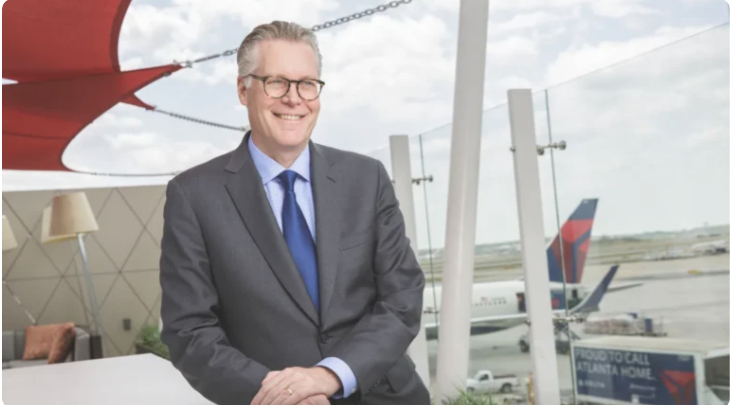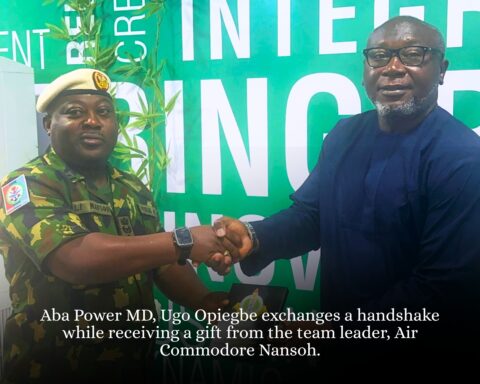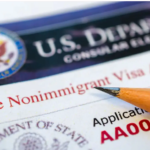Delta Air Lines (DL) CEO Ed Bastian, despite earning $27 million annually, often chooses to fly in economy class. His recent remarks about doing so during an interview with Fortune sparked fresh discussion about airline leadership, image, and perception.
In the video shared by Fortune, Bastian explained that he often finds himself seated near the restroom, catching up on emails mid-flight, and chatting with surprised passengers. The CEO of Delta Air Lines (DL), based in Atlanta (ATL), says he enjoys flying like his customers do—sometimes literally alongside them.
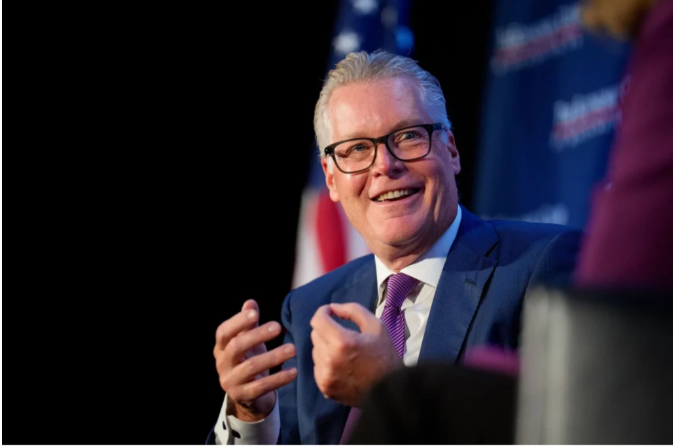
Delta Chooses to Fly Economy
Ed Bastian’s comments fit a familiar pattern among airline executives. CEOs from the major U.S. carriers frequently mention how they fly economy, especially on domestic routes. While it might seem like a gesture of humility, it’s also a calculated decision rooted in both optics and practicality, says Ben Schlappig, OMAAT.
For starters, these executives often travel on short notice. When first-class seats are sold out, economy becomes the only option. More importantly, flying economy reinforces an image of relatability—both to employees and to customers.
For staff, it signals shared experience; for passengers, it creates a story worth sharing. Encounters with CEOs in the back of the plane regularly go viral, giving airlines a wave of positive publicity without spending a cent on marketing.
There’s also an operational logic at play. Airline CEOs receive positive-space privileges, meaning they can occupy any available seat without displacing paying passengers. But optics matter: sitting in first class when upgrade lists are long can send the wrong message.
By sitting in economy, leaders avoid resentment and show they value customer experience over personal comfort.
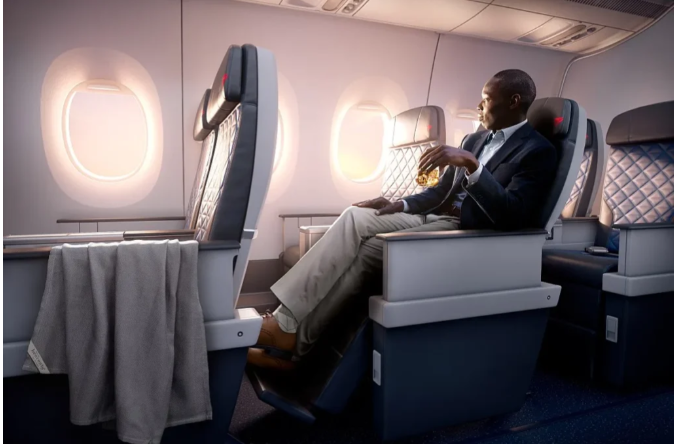
Why It Works for Airline Leaders
Flying economy gives executives visibility where it matters most—among their customers. It humanizes leadership in an industry often criticized for distance and corporate detachment.
For someone like Bastian, being seen chatting with passengers while eating Biscoffs and sipping Coke Zero projects authenticity.
It also aligns with how loyalty programs drive profit. Since upgrades are among the biggest incentives for frequent flyers, a CEO taking one of those coveted seats would be a bad look.
Staying in economy helps preserve that perk for paying loyalists while allowing executives to appear grounded, figuratively and literally.
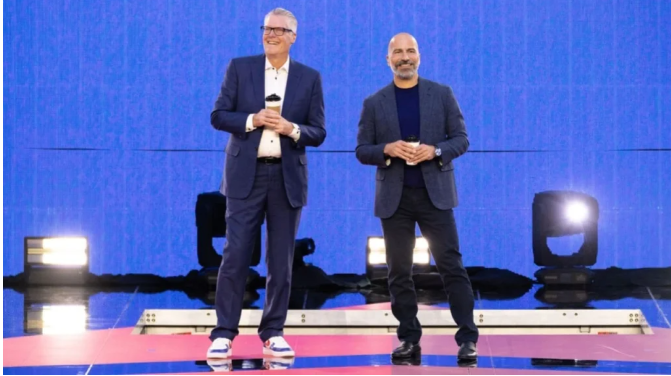
The Bigger Picture
Despite occasional economy flights, airline CEOs still enjoy premium travel on long-haul routes or for major business trips. Their choice to fly coach on domestic legs isn’t about saving money—it’s about managing perception.
At a time when customer trust and employee morale are critical, small gestures like sitting in the main cabin can deliver significant goodwill returns.
For Delta (DL) and Bastian, that means showing leadership that values connection over comfort. And for passengers, it’s a rare glimpse of the corporate suite sitting just a few rows away.
